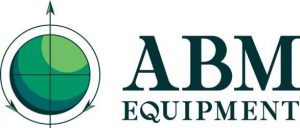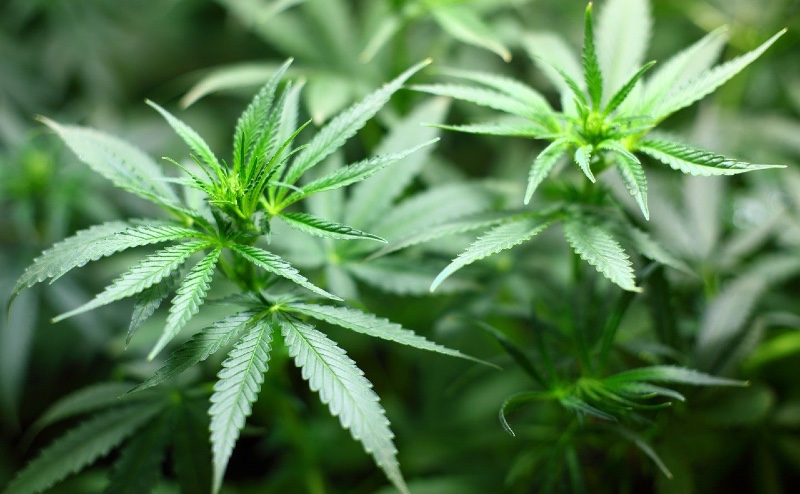Editor’s Note: This post is sponsored by ABM Equipment. The views expressed here are those of the author.

In a high-demand market where scale is king and refinement is bottle-necked, many producers must play an interesting balancing act when preserving their product for times of lower supply:
Dry incrementally and lose yields to time, or dry quickly and lose yields to heat and attrition.
For this reason, many farm
ers have seen drying technique become the unlikely, single greatest determinant of ROI.
Tumbler and belt dryers dominated the market of 2019 but came with a few unfortunate set-backs.
Tumbler dryers burned CBD and destroyed volatiles, and both methodologies consumed huge amounts of energy and space.
But this summer two new solutions were introduced which stand to significantly improve bulk drying options in cannabis.
New And Improved Solutions
The first solution is a circular fluid bed-based system used for extraction biomass at 800 to 10,000 lbs./hr per unit.
It’s able to retain more CBD & THC than its tumbling predecessors by using heat as an evaporation accelerant rather than driver.
More importantly to some, the majority of lost trichomes and other volatiles are also captured and returned on batch-by-batch bases instead of accumulating on equipment or escaping into the environment.
And because it’s much more compact than previous technologies, it’s becoming a favorite of mobile-drying service providers.
This solution is similar to but distinct from belt dryers in that it pushes air upward through the product and fluidizing it with vibration.
This suspends the product like ping-pong balls over air-streams, increasing the surface area of product being exposed to dry air.
Belt dryers primarily use airflow as well but pull it from above via vacuum, creating localized air streams and wet spots.
As a system, the fluid bed solution functions by intaking and shredding whole plants, metering them into dryers, separating fibrous material, and packaging the extraction biomass into bulk bags.
High-throughput systems of all kinds require shredded product to achieve the homogenization needed for consistent dries.
(Milling wet biomass is not recommended because the product is compressed, rather than cut, creating cleanliness and dry-time issues.)
Homogenization is important because unevenly dried hemp means one of two things: extra degradation or moisture… and therefore microbes.
Dedicated To Creating The Best Results
The second solution allows producers to dry smokable, whole flower in bulk without destroying the contents or structure of the flower.
By using low vacuum to reduce the water’s boiling point and microwaves to warm the buds consistently throughout, it’s able to dry un-homogenized product evenly.
The microwave solution is primarily used for marijuana applications and reaches capacity around 1,000 lbs/hr.
Both solutions were introduced by ABM Equipment of Vancouver, Washington, a systems design and integration firm from the food and pharma industries.
ABM says their goal is to bring the cannabis industry up-to-speed with efficiencies of other sectors.
“Now that cannabis is being grown in the volume needed for large scale processing, leveraging the most controlled and efficient systems will be crucial” said Jeff Walling, owner of ABM Equipment.
Regarding their system he went on to say, “We’re extremely confident that this approach will provide some of the best results in the industry.”






